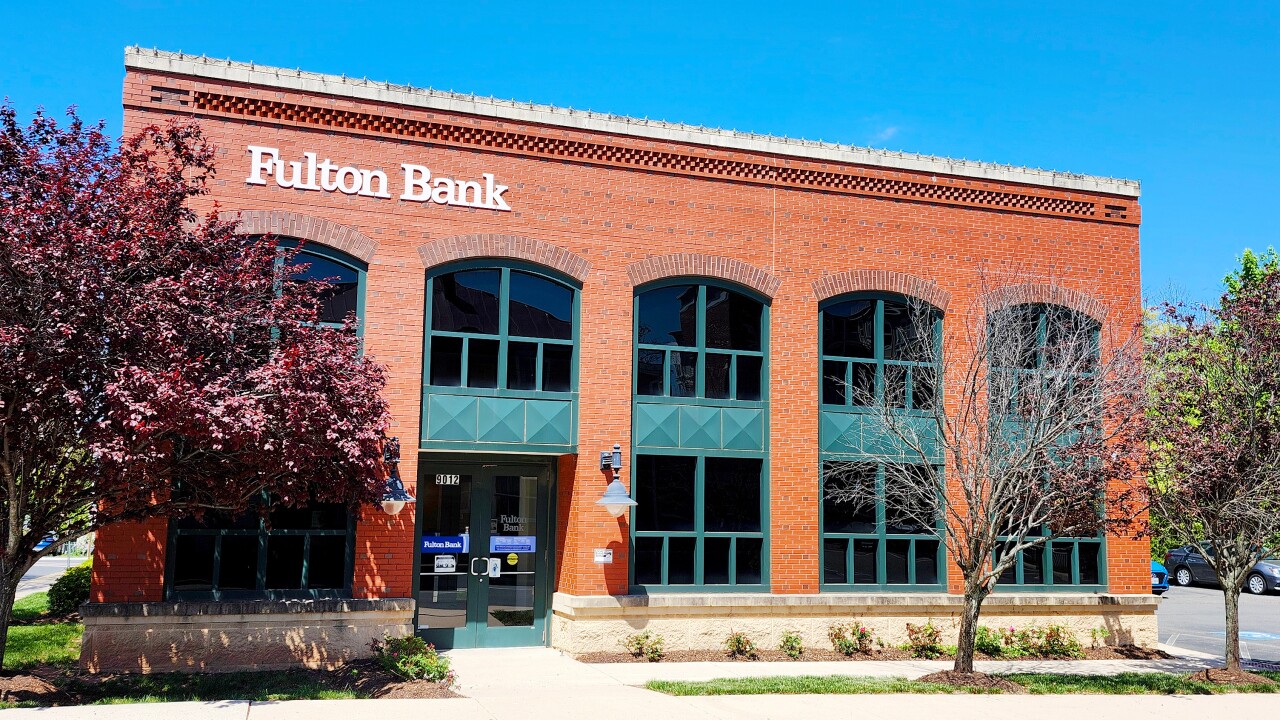The financial community has contributed to financial literacy but can and should do more.
Without question, the best customers for any payment card company are those who use their cards wisely. An educational investment must be made.
Payment cards have revolutionized the way consumers exercise their purchasing power. Credit cards are no longer the only kind; we now have debit, automated teller machine, check, and gift cards, as well as Visa's Buxx Card, which is designed to let parents monitor their teens' spending and to teach young people how to budget.
Citibank is sponsoring a 10-year financial literacy program, and Visa's online program, Practical Money Skills for Life, makes financial education possible in every classroom.
As new card products abound and consumers have more choice and convenience, local banks need to to pitch in. Who better to visit a classroom and teach money management than a local bank representative?
Financial literacy organizations, coalitions, and the card associations provide a wealth of information, but teachers and school administrations need community support to actually use it.
Retail banks' message to youngsters must include a greater commitment to lifelong savings. Children are growing up in a technological society that provides round-the-clock advertising for a buyer's market. They need guidance to choose wisely. Shaping the perspective of children and young adults on spending, saving, and investing and on using credit will serve us all, now and in the future.
Financial companies can demonstrate leadership as advocates at the state and federal level.
Americans for Consumer Education and Competition - I am its national chairperson - and many other nonprofits have worked with government, business, and educators to make information on money management available to working people, business owners, investors, and students from pre-K through university.
I have worked with several state legislatures to support bills that would examine how financial literacy can be incorporated into the curriculum. At the federal level, my group has actively supported provisions in the College Access and Opportunity Act that would provide grants for universities to educate students on personal money management.
Pamphlets that catch the eye as customers leave the bank cannot do the job. Financial literacy has to begin in the schools and work its way through the consciousness of every generation.
Leaders of the financial and payment card industry must step up their commitment so that security, prosperity, and a better future are within everyone's reach.





